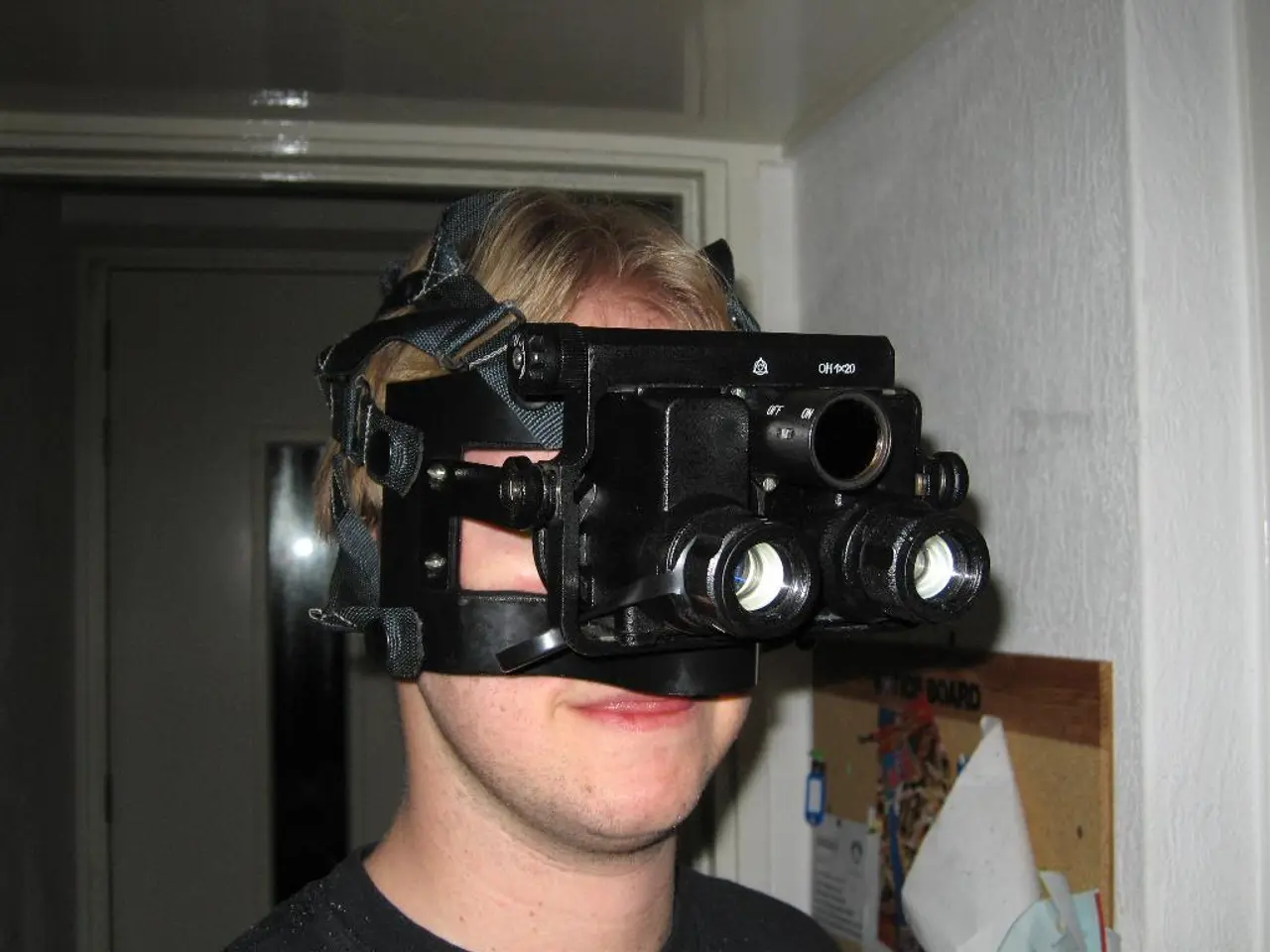Twenty-four Notable Virtual Reality Businesses to Explore
Virtual Reality (VR) and Augmented Reality (AR) technology, once primarily associated with gaming, are now making significant strides in various industries, set to drive the global market to a staggering $454 billion by 2030.
Bigscreen, for instance, offers a platform where users can watch movies, sports, and play games, collaborate for work, or simply hang out with friends in one of 20-plus virtual environments. Meanwhile, Talespin provides immersive learning content, a skills insights platform, and a content creation tool to help programmatically transfer knowledge and build employee experience through roleplay and job simulation.
In the realm of enterprise and corporate training, VR/AR is increasingly being used for immersive training and remote collaboration, improving efficiency and reducing costs. Companies like Transfr are using VR to train professionals in essential skills, while General Motors uses VR to speed up the vehicle design process, enabling team members to collaborate while working remotely.
The healthcare sector is also embracing AR and VR applications, with medical devices, surgery simulation, therapy, and remote assistance expanding rapidly. WorldViz offers VR products and software for training and collaboration across industries, including healthcare.
Retail and advertising are also leveraging AR for interactive shopping experiences and product visualization, delivering higher brand engagement. Lowe's Innovation Labs, for example, uses advanced technologies to improve the shopping experience and provides associates with new tools to work more efficiently.
Education is another sector transforming through VR and AR, with experiential learning improving knowledge retention in schools and universities. Wevr Virtual Studio is a game and interactive film development tool that creators can use to store, build, and edit their VR projects all in one platform.
AR-powered workflows are also growing in industrial and manufacturing sectors, streamlining operations in heavy industries. Technological advancements in near-eye displays and microLEDs are enabling growth in industrial and mass-market AR/VR hardware.
The military and government are also adopting AR technologies for mission planning and simulation, with technologies like Microsoft HoloLens seeing uptake in corporate and military applications. Lastly, the metaverse and digital collaboration are driving demand for AR/VR tools in social connection, brand marketing, and virtual workspaces.
Unity's development engine, it is said, lays the groundwork for half of all mobile games and more than half of all virtual or augmented reality content. Subvrsive has developed videos and experiences for the likes of Amazon, Google, MTV, and Walmart using VR, AR, and 360-degree video.
In 2015, Samsung Electronics released Gear VR powered by Meta Quest, marking a significant milestone in the consumer adoption of VR technology. Virtuix built a 360-degree treadmill called Omni that lets gamers run through virtual lands while staying put in a real one.
As these technologies continue to evolve and penetrate various sectors, the potential for growth in the VR and AR market is immense, with industries like enterprise, healthcare, retail/advertising, education, industrial, government, and metaverse-related industries set to contribute significantly to the market's expansion to $454 billion and beyond by 2030.
- The business sector is anticipating a boom in revenue with the advancement of VR and AR technology, as these technologies are being adopted across various industries, including enterprise, healthcare, retail, education, and industrial sectors.
- Artificial intelligence (AI) is playing a crucial role in the integration of VR and AR technologies, with Unity's development engine being used for more than half of all virtual or augmented reality content, and Subvrsive creating immersive experiences for leading brands using VR, AR, and 360-degree video.
- The potential for finance investment in the VR and AR market is substantial, as these technologies are projected to drive the global market to a staggering $454 billion by 2030, with contributions from sectors like enterprise, healthcare, retail/advertising, education, industrial, government, and metaverse-related industries.




